Home>Furniture & Design>Bathroom Accessories>How To Tell What A Bathtub Is Made Out Of
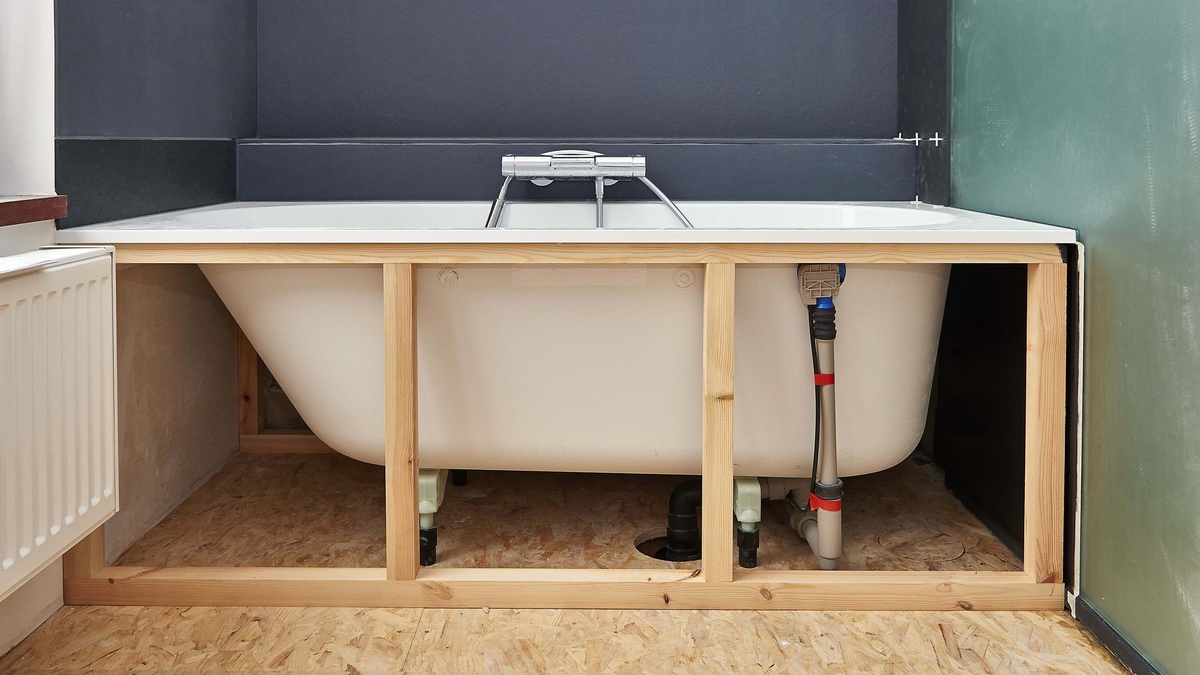

Bathroom Accessories
How To Tell What A Bathtub Is Made Out Of
Modified: April 22, 2024
Discover how to determine the material of your bathtub with our comprehensive guide. Find out more about bathroom accessories and make informed decisions for your home.
(Many of the links in this article redirect to a specific reviewed product. Your purchase of these products through affiliate links helps to generate commission for Storables.com, at no extra cost. Learn more)
Introduction
When it comes to selecting the perfect bathtub for your bathroom, the material it's made from plays a crucial role in both its aesthetic appeal and functionality. Understanding the different materials used in bathtub construction is essential for making an informed decision that aligns with your preferences and requirements. From the timeless elegance of porcelain to the modern versatility of acrylic, each material offers unique characteristics that can significantly impact your bathing experience.
As we delve into the world of bathtub materials, we'll explore the distinct features and benefits of various options, shedding light on the qualities that set them apart. Whether you prioritize durability, ease of maintenance, or visual appeal, the material of your bathtub will influence these aspects and more. By gaining insight into the composition of different types of bathtubs, you'll be better equipped to make a choice that harmonizes with your lifestyle and design vision.
Let's embark on a journey through the realm of bathtub materials, where we'll uncover the defining traits of porcelain, acrylic, fiberglass, cast iron, and cultured marble bathtubs. Each material has its own story to tell, and by the end of this exploration, you'll be equipped with the knowledge to discern what a bathtub is made out of and how it can elevate your bathing sanctuary.
Key Takeaways:
- Choose a porcelain bathtub for timeless elegance, durability, and easy maintenance. Its heat retention and resistance to scratches and stains make it a popular choice for a sophisticated bathing experience.
- Opt for an acrylic bathtub for modern style, versatility, and low maintenance. Its lightweight yet durable construction, design flexibility, and excellent heat retention make it a practical and visually appealing choice for your bathroom.
Read more: How To Tell What My Bathtub Is Made Of
Porcelain Bathtubs
Porcelain bathtubs exude timeless elegance and are renowned for their classic appeal. Crafted from a blend of clay, minerals, and metal, these bathtubs are coated with a layer of enamel that not only enhances their aesthetic allure but also provides exceptional durability. The smooth, glossy finish of porcelain bathtubs not only adds a touch of sophistication to any bathroom but also makes them easy to clean and maintain.
One of the most notable features of porcelain bathtubs is their remarkable resilience against scratches, stains, and fading. This durability ensures that the bathtub retains its pristine appearance over time, making it a long-lasting investment for any home. Additionally, the non-porous nature of porcelain prevents the accumulation of grime and bacteria, promoting a hygienic bathing environment.
Porcelain bathtubs are also celebrated for their excellent heat retention properties, allowing for a luxurious and relaxing bathing experience. The material's ability to retain warmth ensures that the water stays at an inviting temperature for an extended period, enhancing the overall comfort of the bathing ritual.
Furthermore, the lustrous surface of porcelain bathtubs contributes to their visual appeal, creating a focal point within the bathroom. Whether in a traditional or contemporary setting, the timeless charm of porcelain complements various interior styles, adding a touch of sophistication to the space.
However, it's important to note that porcelain bathtubs, while durable, can be relatively heavy due to the materials used in their construction. Proper installation and support are crucial to ensure the structural integrity of the bathtub and prevent any potential issues in the future.
In summary, porcelain bathtubs are revered for their enduring beauty, exceptional durability, and ease of maintenance. Their ability to withstand the test of time while providing a luxurious bathing experience makes them a popular choice for homeowners seeking a blend of elegance and functionality in their bathrooms. Whether you envision a classic, spa-like retreat or a modern sanctuary, a porcelain bathtub can serve as a captivating centerpiece, elevating the ambiance of your bathing space.
Acrylic Bathtubs
Acrylic bathtubs have emerged as a popular choice for modern bathrooms, offering a versatile and stylish option for homeowners seeking a balance of aesthetics and functionality. Crafted from vacuum-formed sheets of acrylic reinforced with fiberglass, these bathtubs boast a lightweight yet durable construction that sets them apart in the world of bathroom fixtures.
One of the most compelling features of acrylic bathtubs is their versatility in design. The material's malleability allows for a wide range of shapes and styles, catering to diverse preferences and spatial requirements. Whether you prefer a sleek, contemporary design or a more traditional silhouette, acrylic bathtubs can be molded to suit various aesthetic sensibilities, making them a versatile choice for different bathroom settings.
In addition to their adaptability in design, acrylic bathtubs are celebrated for their ease of maintenance. The non-porous surface of acrylic resists the buildup of grime and stains, simplifying the cleaning process and contributing to a hygienic bathing environment. This low-maintenance quality makes acrylic bathtubs an attractive option for individuals seeking a hassle-free bathing solution that retains its pristine appearance with minimal effort.
Furthermore, the lightweight nature of acrylic bathtubs facilitates easier installation compared to heavier materials, reducing the complexity and cost of the setup process. This characteristic also makes them a practical choice for upper-level bathrooms or spaces where weight considerations are a factor.
Acrylic bathtubs are also valued for their excellent heat retention properties, allowing for a comfortable and indulgent bathing experience. The material's ability to retain warmth ensures that the water remains at an inviting temperature, promoting relaxation and rejuvenation during each bathing session.
Moreover, acrylic bathtubs are known for their durability and resistance to chipping and cracking, providing long-term reliability for homeowners. This robust construction, coupled with the material's ability to maintain its color and finish over time, makes acrylic bathtubs a compelling investment for those seeking a durable and visually appealing bathing fixture.
In summary, acrylic bathtubs offer a blend of versatility, durability, and low maintenance, making them a sought-after choice for modern bathrooms. Whether you prioritize design flexibility, ease of upkeep, or long-term reliability, acrylic bathtubs present a compelling option that can elevate the aesthetic and functionality of your bathing space.
Fiberglass Bathtubs
Fiberglass bathtubs have gained widespread popularity for their lightweight yet durable construction, making them a practical and cost-effective choice for homeowners seeking a reliable bathing fixture. These bathtubs are crafted from layers of fiberglass reinforced with resin, resulting in a sturdy and resilient material that offers several compelling benefits.
One of the most notable advantages of fiberglass bathtubs is their lightweight nature, which simplifies the installation process and reduces the structural demands on the bathroom floor. This characteristic makes fiberglass bathtubs an ideal option for upper-level bathrooms or spaces where weight considerations are a factor, providing flexibility in placement without compromising on durability.
In addition to their lightweight design, fiberglass bathtubs are valued for their versatility in shape and style. The material's moldability allows for a diverse range of designs, catering to various aesthetic preferences and spatial requirements. Whether you envision a sleek, modern bathtub or a more traditional silhouette, fiberglass can be molded to accommodate different design sensibilities, offering homeowners the freedom to customize their bathing space.
Furthermore, fiberglass bathtubs are known for their ease of maintenance, with the non-porous surface resisting the accumulation of grime and stains. This low-maintenance quality simplifies cleaning routines, contributing to a hygienic bathing environment while minimizing the effort required to preserve the bathtub's pristine appearance.
Moreover, fiberglass bathtubs exhibit excellent heat retention properties, ensuring that the water maintains a comfortable temperature for an extended period. This feature enhances the bathing experience, allowing individuals to indulge in a relaxing and rejuvenating soak without the need for frequent adjustments to the water temperature.
Additionally, fiberglass bathtubs are renowned for their affordability, making them an accessible option for homeowners seeking a durable and visually appealing bathing fixture without exceeding their budget. The cost-effectiveness of fiberglass bathtubs, coupled with their long-term reliability, positions them as a compelling choice for those prioritizing both quality and value in their bathroom investments.
In summary, fiberglass bathtubs offer a blend of lightweight construction, design versatility, low maintenance, and affordability, making them a practical and appealing choice for a wide range of bathrooms. Whether you prioritize ease of installation, customization options, or long-term durability, fiberglass bathtubs present a compelling solution that can enhance the functionality and aesthetic appeal of your bathing sanctuary.
Look for a label or stamp on the bathtub to identify the material it is made of. Common materials include acrylic, fiberglass, porcelain, and enameled steel. If there is no label, you can also tap on the surface to listen for differences in sound, which can help determine the material.
Cast Iron Bathtubs
Cast iron bathtubs exude a timeless allure, characterized by their robust construction and classic aesthetic appeal. Crafted from molten iron that is poured into a mold, these bathtubs boast a solid and enduring composition that sets them apart in the realm of bathroom fixtures.
One of the most compelling features of cast iron bathtubs is their exceptional durability. The material's inherent strength and resilience make it highly resistant to chipping, scratching, and denting, ensuring that the bathtub maintains its pristine appearance over time. This longevity positions cast iron bathtubs as a long-term investment, offering homeowners a bathing fixture that can withstand the rigors of daily use while retaining its timeless charm.
Furthermore, cast iron bathtubs are celebrated for their excellent heat retention properties. The material's ability to retain warmth ensures that the water remains at an inviting temperature for an extended period, promoting a luxurious and indulgent bathing experience. This feature adds a touch of opulence to each bathing session, allowing individuals to unwind and rejuvenate in a soothing environment.
In addition to their durability and heat retention, cast iron bathtubs are revered for their visual appeal. The material's smooth and glossy surface, often coated with enamel, creates a lustrous finish that adds a touch of sophistication to any bathroom. Whether in a traditional or contemporary setting, the classic elegance of cast iron bathtubs serves as a captivating centerpiece, elevating the ambiance of the bathing space.
It's important to note that cast iron bathtubs, while renowned for their durability and timeless appeal, are relatively heavy compared to other materials. Proper installation and structural support are crucial to ensure the bathtub's stability and longevity, emphasizing the importance of professional expertise in the setup process.
In summary, cast iron bathtubs offer a blend of enduring durability, exceptional heat retention, and timeless elegance, making them a sought-after choice for homeowners seeking a bathing fixture that exudes classic charm and reliability. Whether you prioritize longevity, luxurious bathing experiences, or visual allure, a cast iron bathtub can serve as a captivating focal point, enhancing the aesthetic and functionality of your bathing sanctuary.
Read more: What Is A Bathtub Made Of?
Cultured Marble Bathtubs
Cultured marble bathtubs offer a luxurious and sophisticated bathing solution that seamlessly blends elegance with durability. Crafted from a blend of crushed marble stone and high-strength resin, these bathtubs exude the timeless allure of natural marble while delivering enhanced practicality and versatility.
One of the most compelling features of cultured marble bathtubs is their exquisite aesthetic appeal. The material's composition allows for a seamless integration of pigments and patterns, resulting in a stunning array of colors and veining effects that mimic the beauty of natural marble. This versatility in design enables homeowners to select a cultured marble bathtub that complements their desired aesthetic, whether it's a classic, veined appearance or a more contemporary, solid color finish. The ability to customize the visual characteristics of the bathtub makes it a versatile choice for a wide range of bathroom styles and design preferences.
In addition to their visual appeal, cultured marble bathtubs are celebrated for their durability and resilience. The combination of marble stone and resin results in a robust and non-porous surface that resists chipping, scratching, and staining, ensuring that the bathtub maintains its pristine appearance over time. This durability makes cultured marble bathtubs a long-lasting investment, offering homeowners a bathing fixture that can withstand the demands of daily use while retaining its luxurious charm.
Furthermore, the non-porous nature of cultured marble contributes to its ease of maintenance, as the smooth surface prevents the accumulation of grime and bacteria, simplifying the cleaning process and promoting a hygienic bathing environment. This low-maintenance quality enhances the overall convenience of owning a cultured marble bathtub, allowing individuals to enjoy its beauty without the need for extensive upkeep.
Moreover, cultured marble bathtubs exhibit excellent heat retention properties, ensuring that the water remains at an inviting temperature for an extended period. This feature enhances the bathing experience, allowing individuals to indulge in a relaxing and rejuvenating soak without the need for frequent adjustments to the water temperature.
In summary, cultured marble bathtubs offer a harmonious blend of exquisite aesthetics, durability, low maintenance, and excellent heat retention, making them a compelling choice for homeowners seeking a luxurious and practical bathing fixture. Whether you prioritize visual versatility, long-term reliability, or indulgent bathing experiences, a cultured marble bathtub can serve as a captivating centerpiece, elevating the ambiance and functionality of your bathing sanctuary.
Conclusion
In conclusion, the world of bathtub materials is rich with diversity, offering a spectrum of options that cater to various preferences, lifestyles, and design sensibilities. From the enduring elegance of porcelain to the modern versatility of acrylic, each material brings forth unique characteristics that significantly influence the bathing experience and the overall ambiance of the bathroom.
Porcelain bathtubs stand as a timeless symbol of sophistication, renowned for their enduring beauty, exceptional durability, and ease of maintenance. Their ability to retain warmth and resist scratches and stains makes them a popular choice for homeowners seeking a blend of elegance and functionality in their bathing spaces.
Acrylic bathtubs, on the other hand, embody modernity and adaptability, offering a lightweight yet durable solution that caters to diverse design preferences. Their versatility in shape and style, coupled with low maintenance and excellent heat retention, positions them as a compelling choice for those seeking a practical and visually appealing bathing fixture.
Fiberglass bathtubs present a practical and cost-effective option, characterized by their lightweight construction, design versatility, and ease of maintenance. Their affordability, coupled with long-term durability, makes them an accessible choice for homeowners seeking a reliable bathing fixture without exceeding their budget.
Cast iron bathtubs exude timeless charm and enduring durability, offering exceptional heat retention and a classic aesthetic appeal. Their robust construction and visual allure make them a sought-after choice for those prioritizing longevity, luxurious bathing experiences, and timeless elegance.
Cultured marble bathtubs represent a harmonious blend of luxury and practicality, showcasing exquisite aesthetics, durability, low maintenance, and excellent heat retention. Their ability to mimic the beauty of natural marble while delivering enhanced resilience positions them as a compelling choice for homeowners seeking a luxurious and versatile bathing fixture.
In the quest to discern what a bathtub is made out of, it becomes evident that each material tells a unique story, offering a distinct set of benefits that cater to different needs and preferences. Whether you prioritize durability, visual appeal, ease of maintenance, or heat retention, the material of your bathtub plays a pivotal role in shaping your bathing sanctuary.
Ultimately, the choice of bathtub material is a personal decision, influenced by individual tastes, lifestyle considerations, and the desired ambiance of the bathroom. By understanding the defining traits of each material, homeowners can make an informed decision that aligns with their vision for a bathing space that harmonizes elegance, functionality, and enduring charm.
Frequently Asked Questions about How To Tell What A Bathtub Is Made Out Of
Was this page helpful?
At Storables.com, we guarantee accurate and reliable information. Our content, validated by Expert Board Contributors, is crafted following stringent Editorial Policies. We're committed to providing you with well-researched, expert-backed insights for all your informational needs.

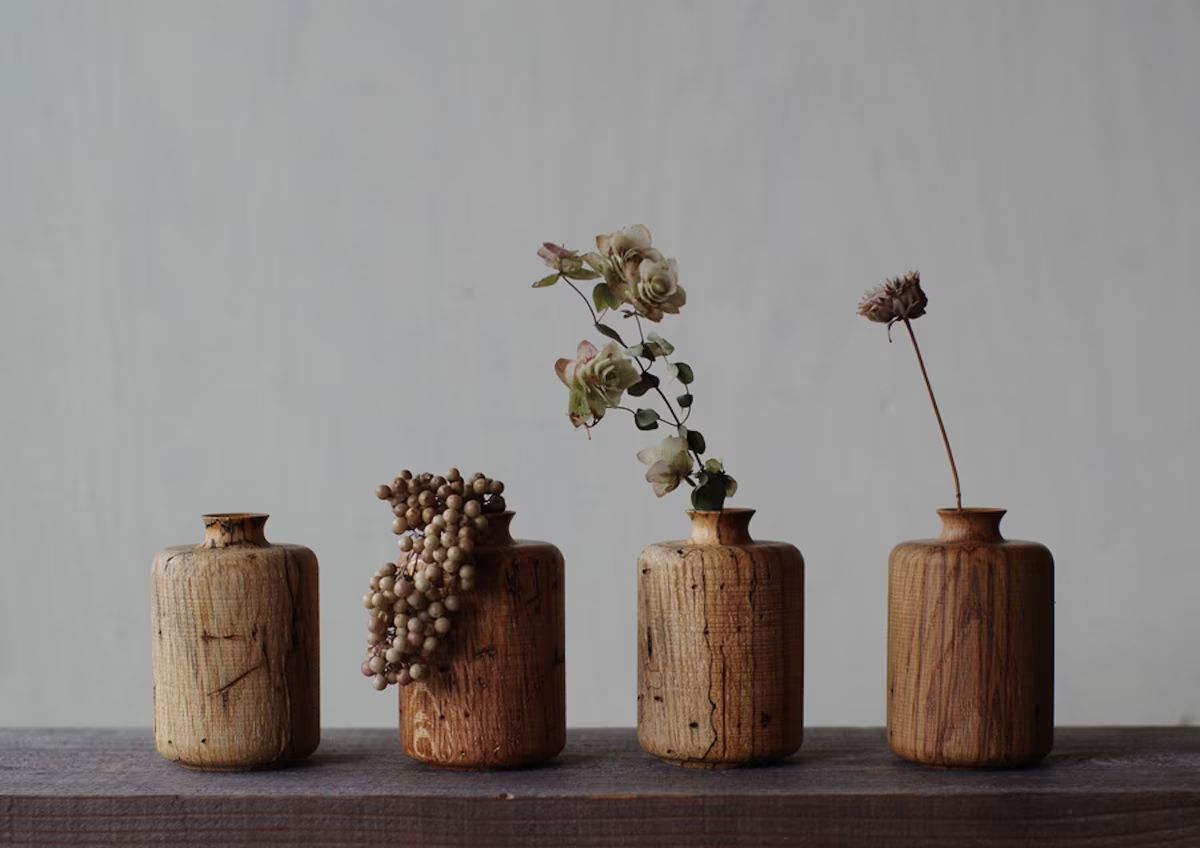
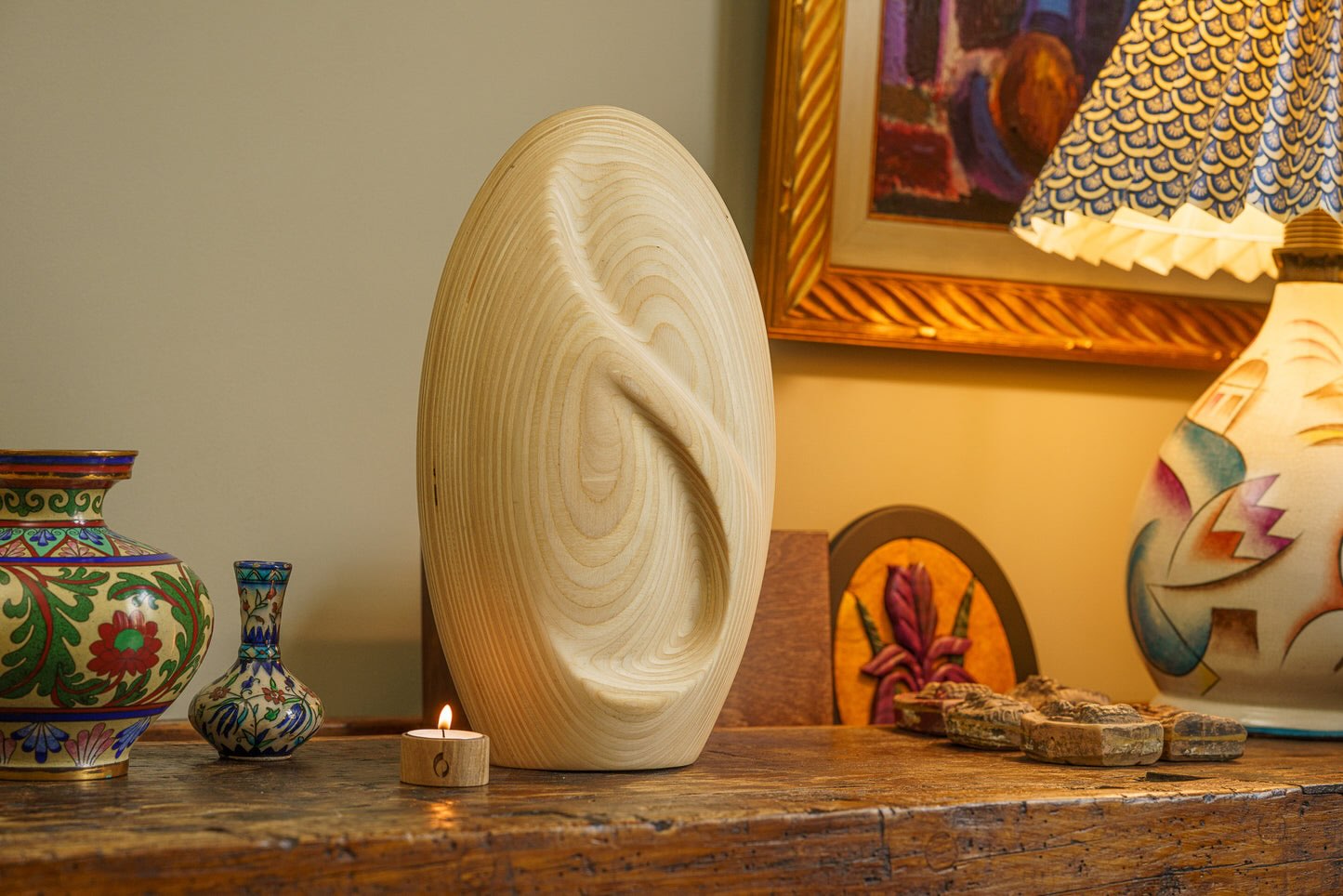
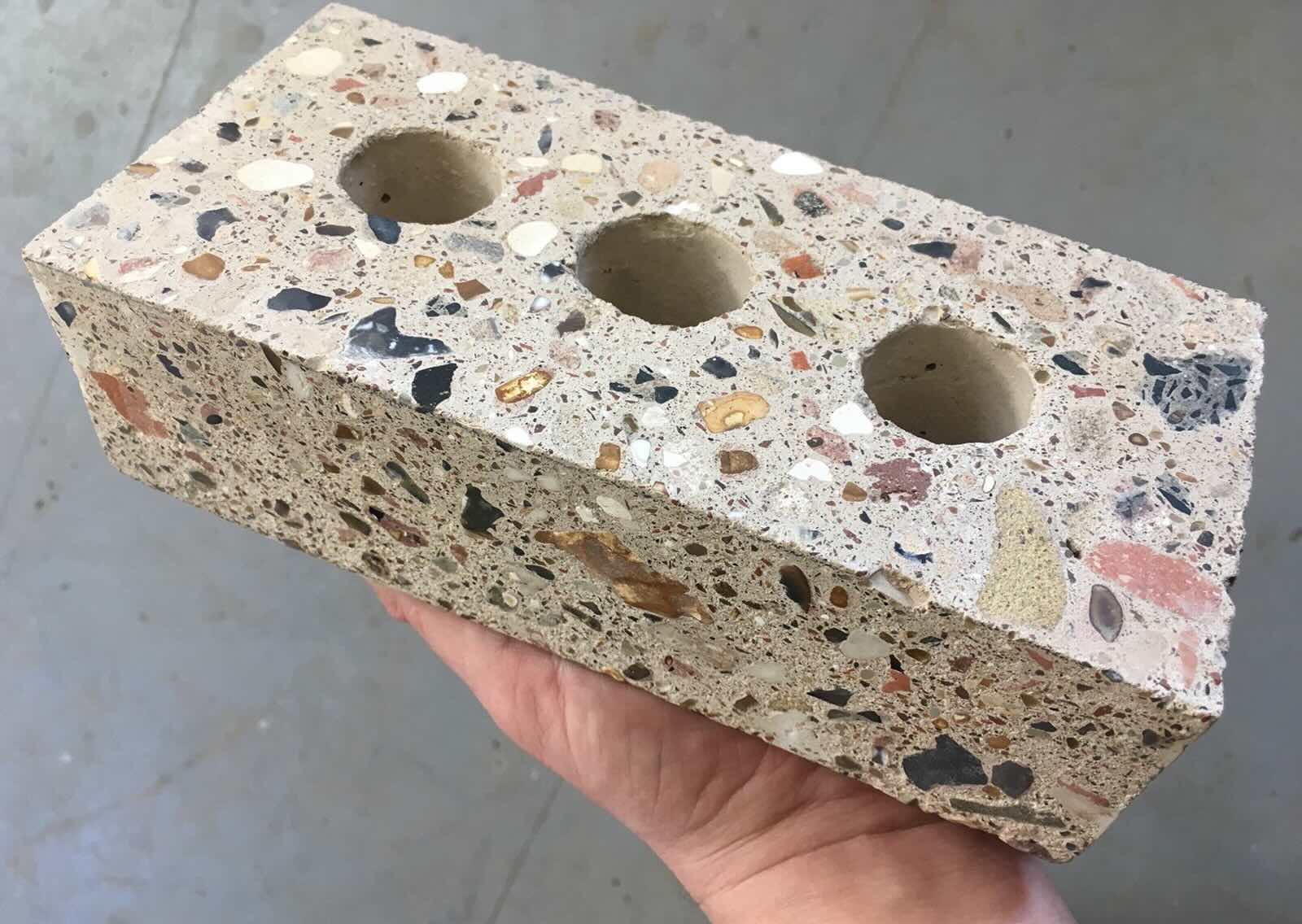
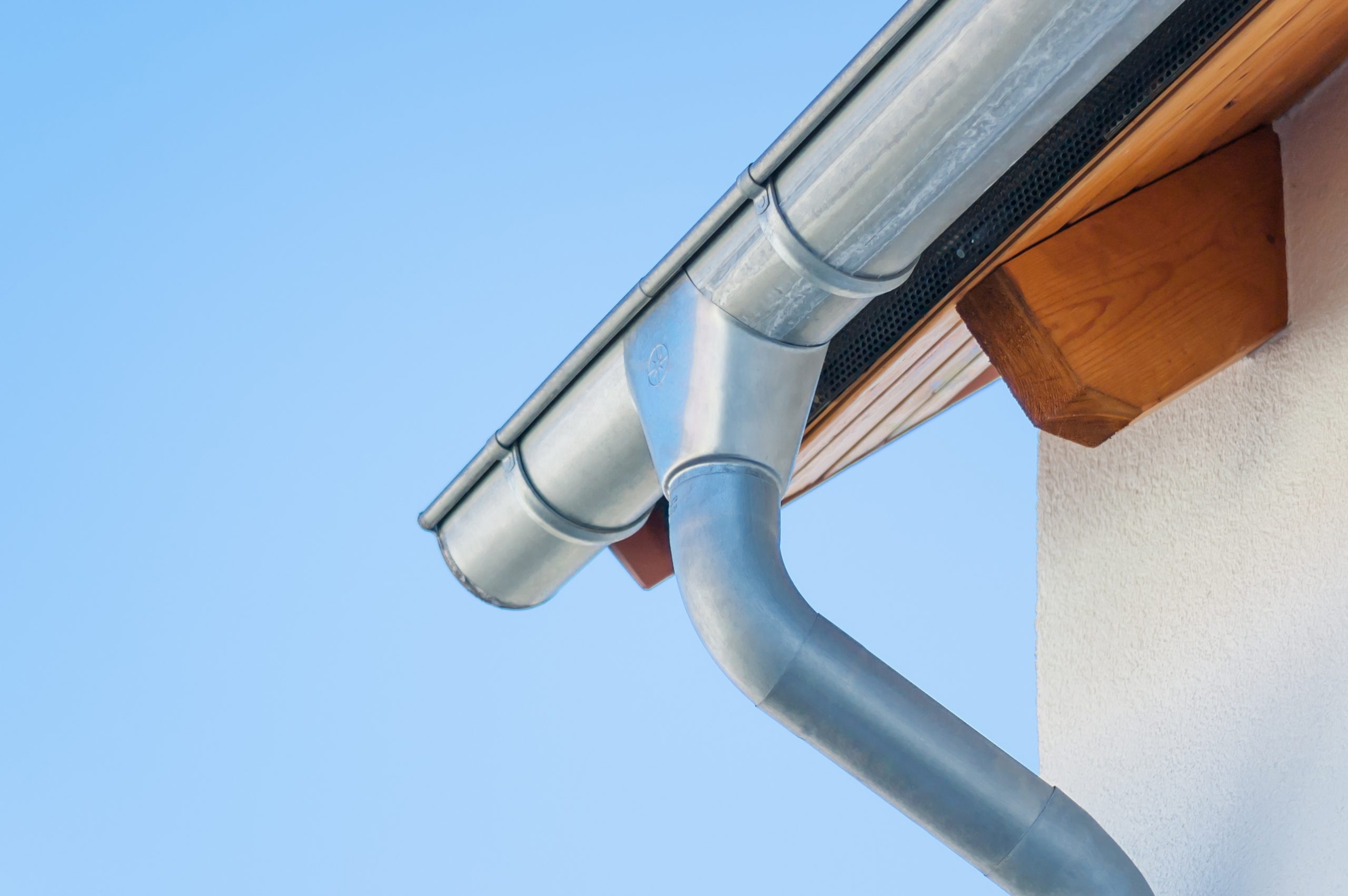

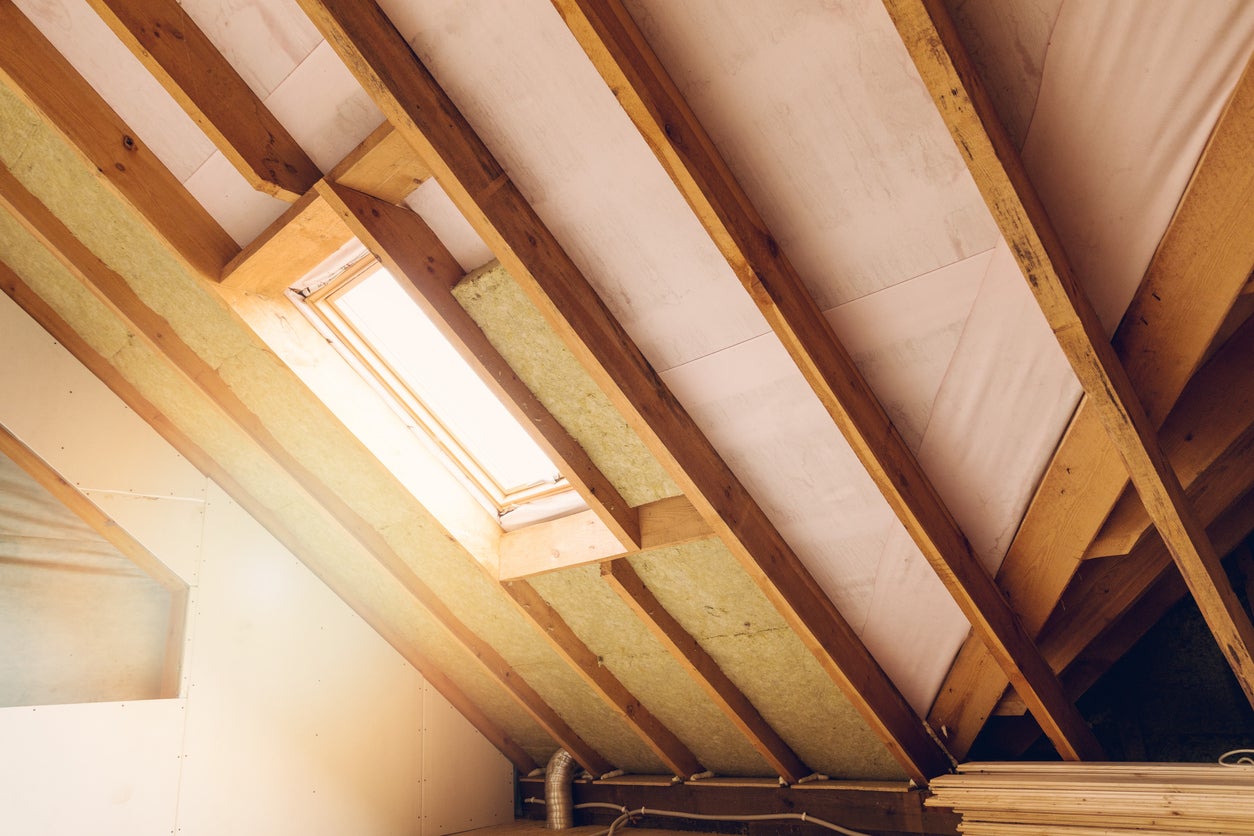
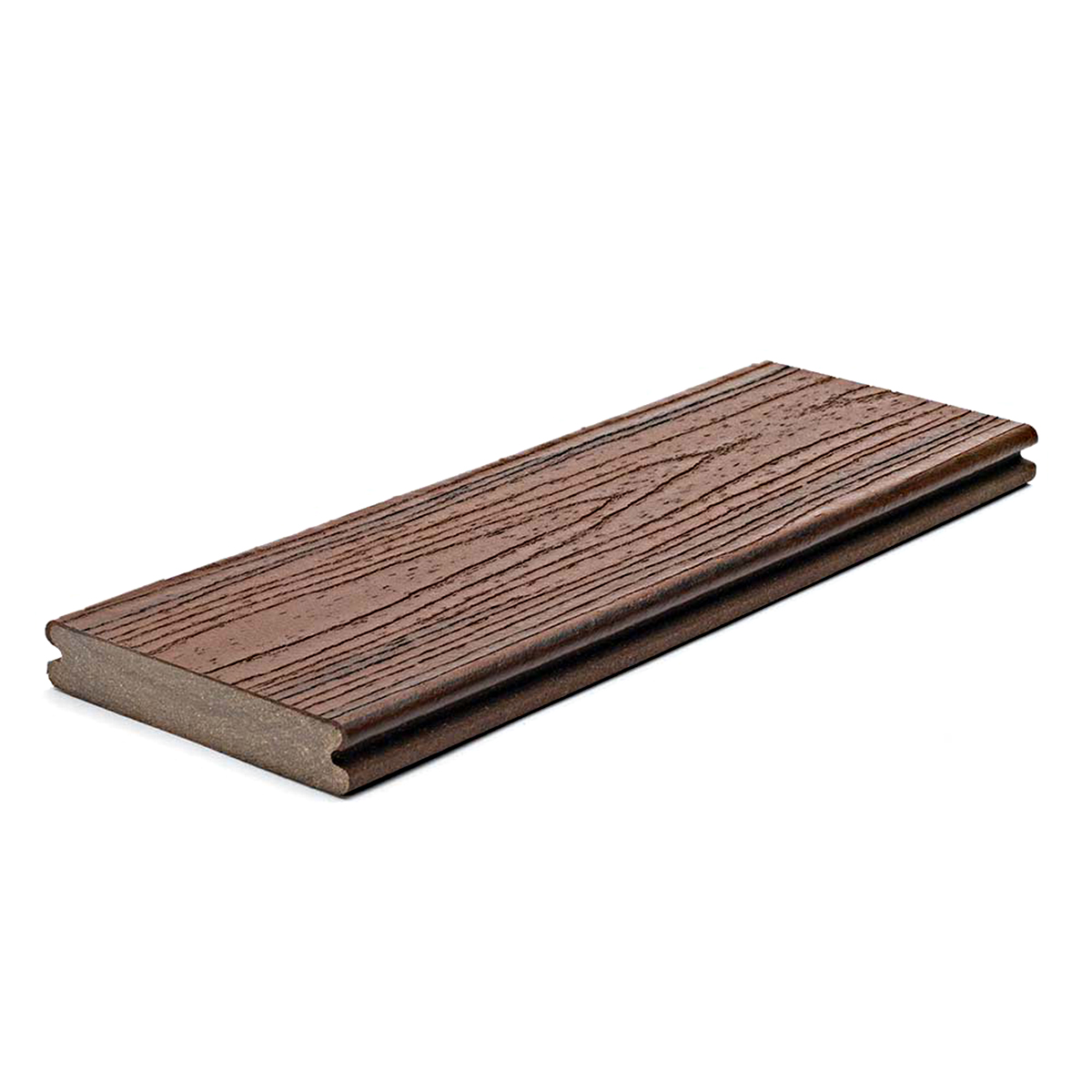
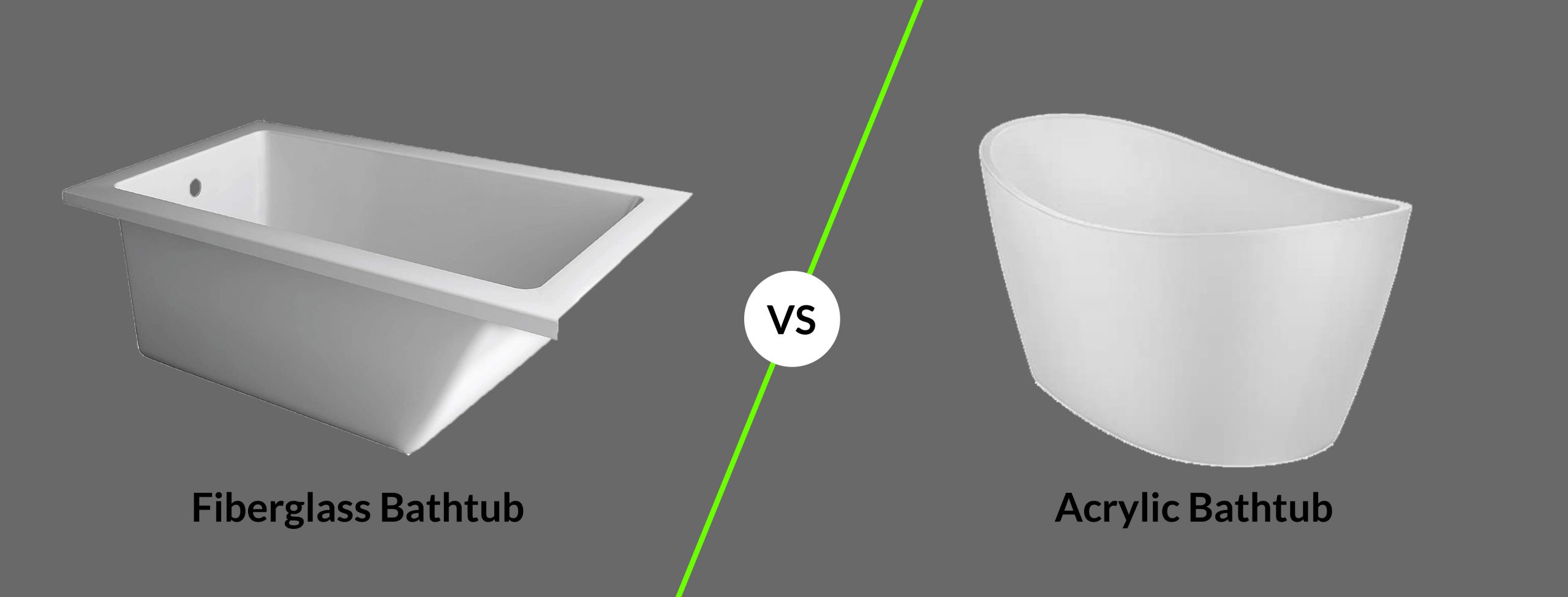
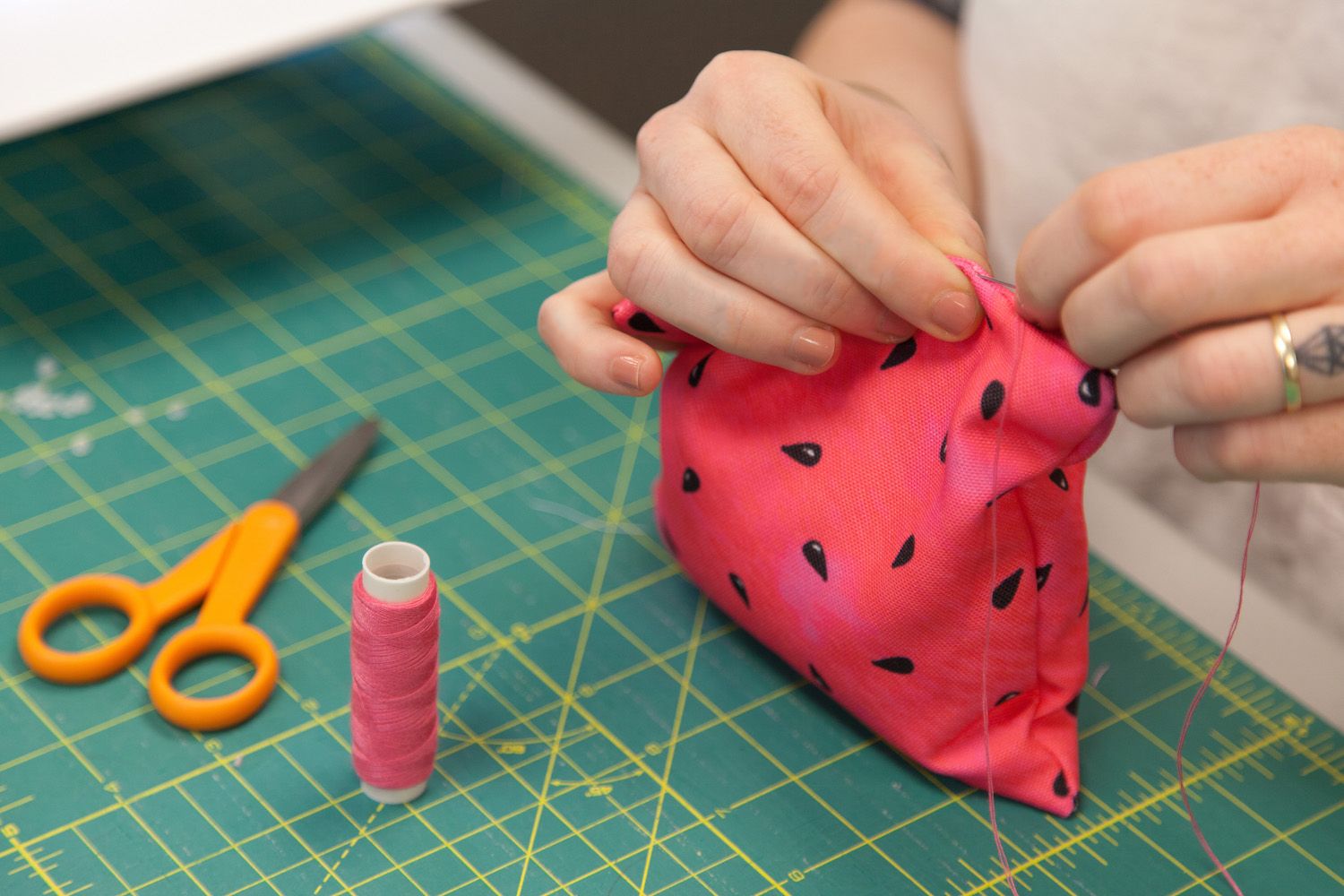
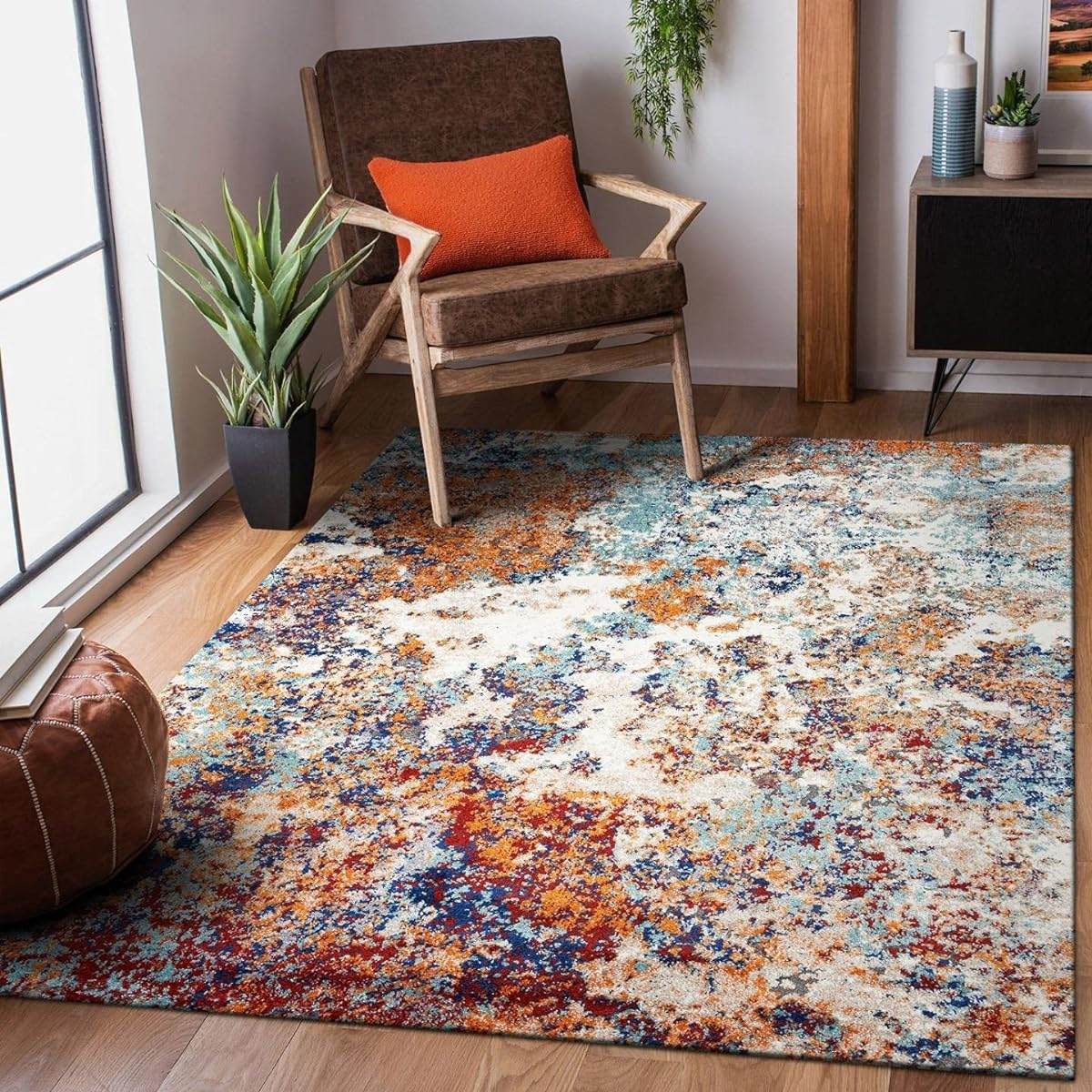
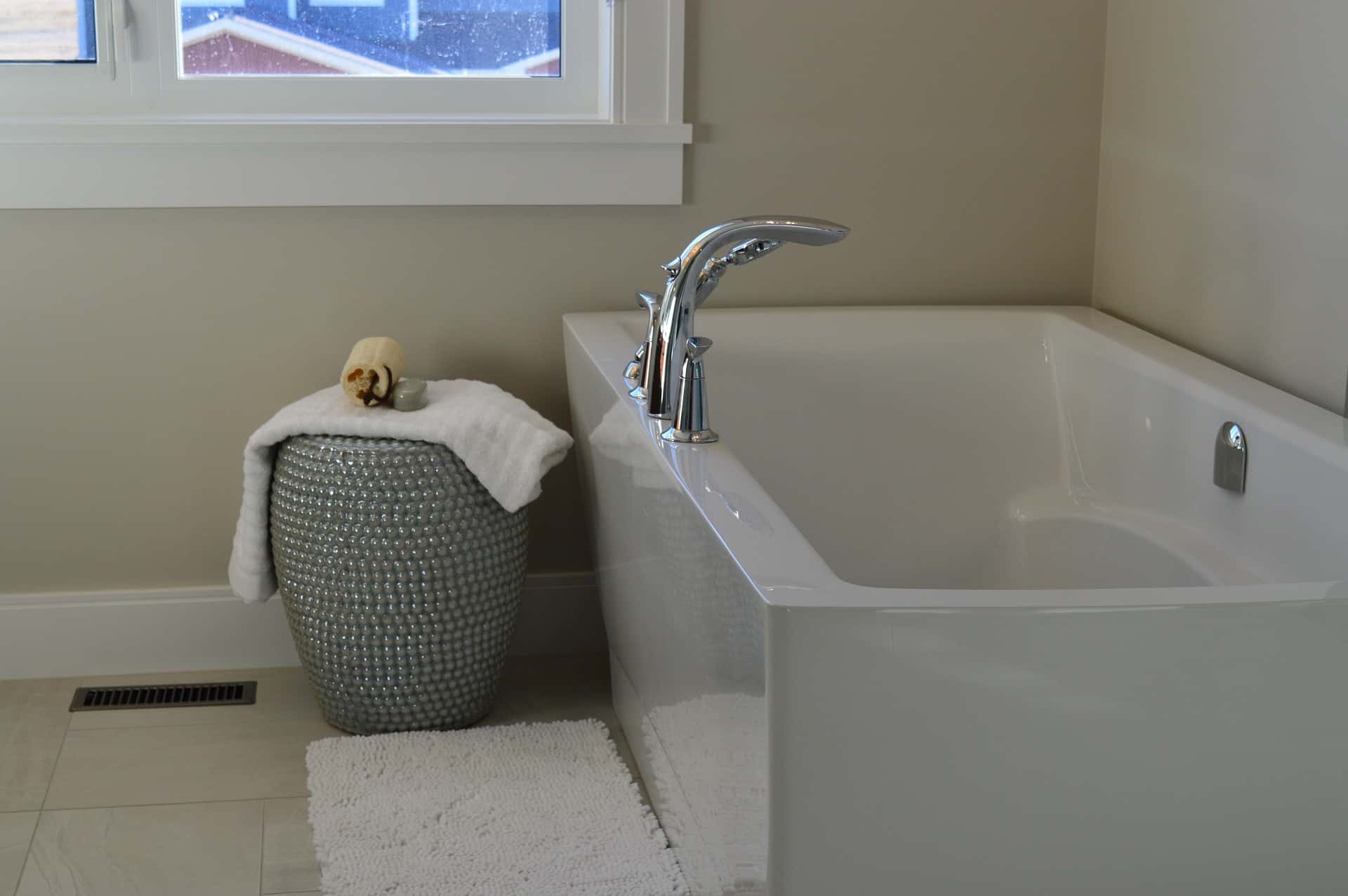

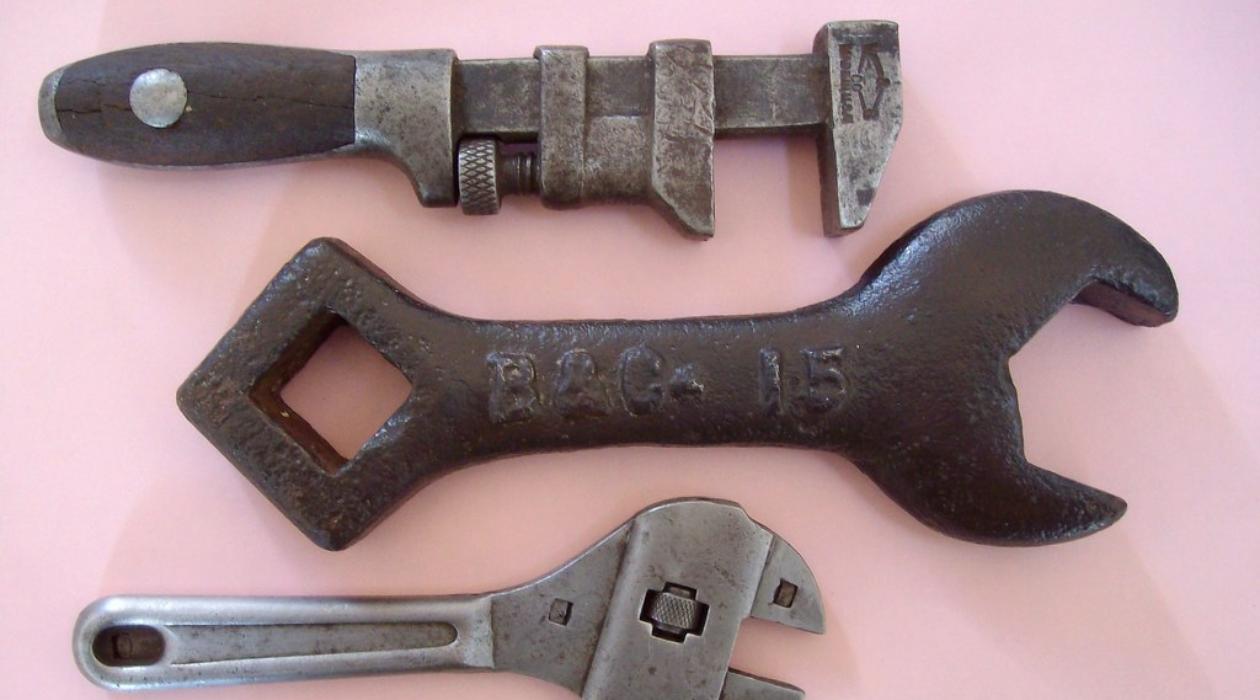

0 thoughts on “How To Tell What A Bathtub Is Made Out Of”